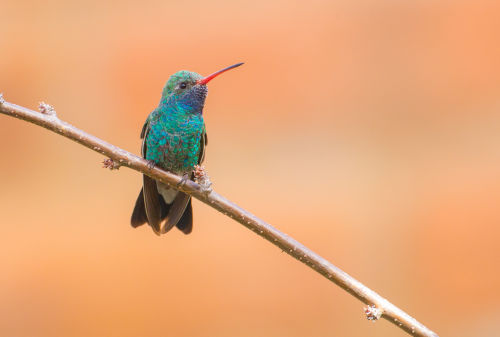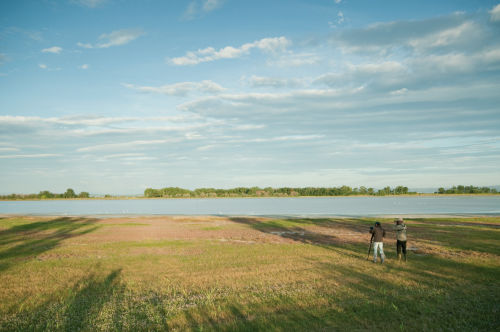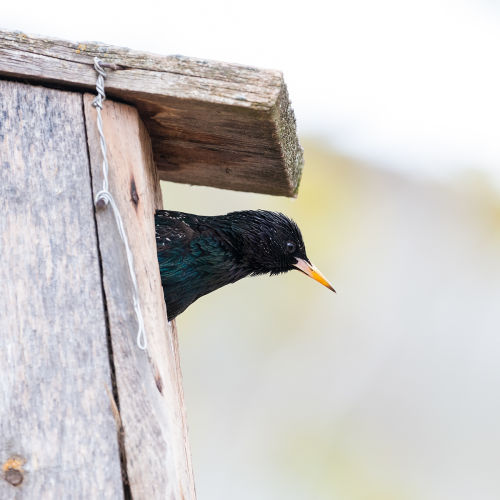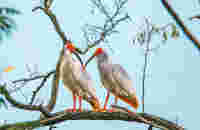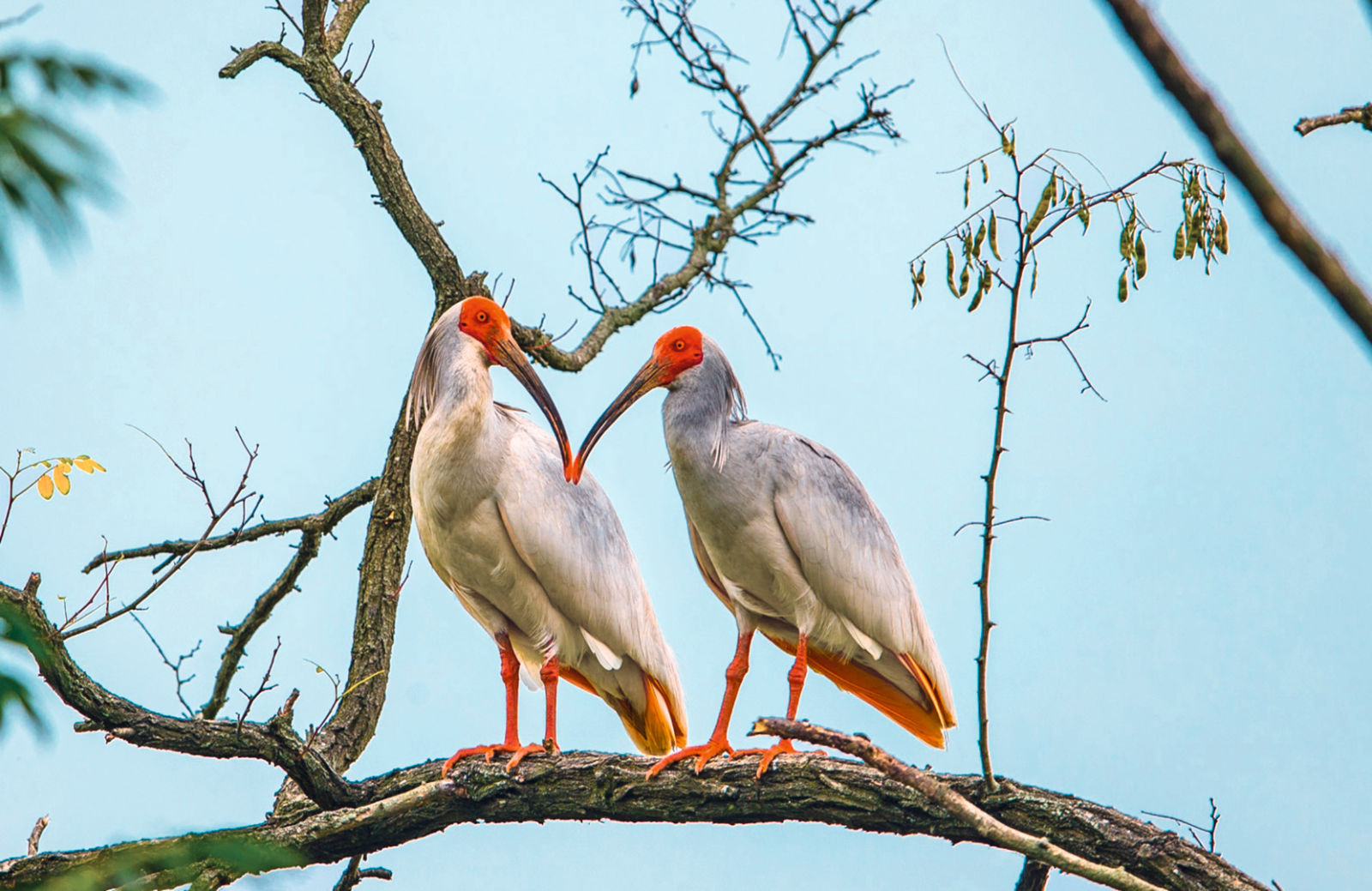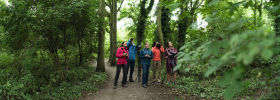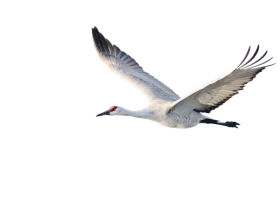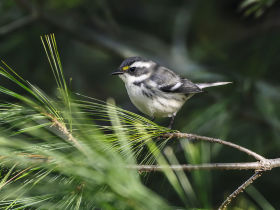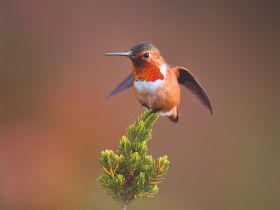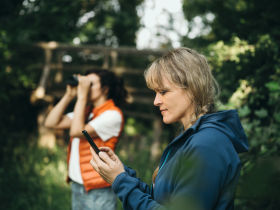OUR FEATHERED FRIENDS HAVE LONG BEEN A SOURCE OF FASCINATION FOR MANKIND, APPEARING IN OUR ART, IN OUR MUSIC, AND EVEN IN THE CRESTS OF OUR FAVORITE SPORTING TEAMS. BUT OUR DEBT TO THIS MOST ENCHANTING WING OF THE ANIMAL KINGDOM EXTENDS BEYOND OUR CULTURE. BIRDS PERFORM A FLEET OF UNDERAPPRECIATED SERVICES THAT HELP TO KEEP THE PLANET, AND US, HEALTHY.
AUTHOR: BIRDLIFE INTERNATIONAL
Dawn breaks over America. On the East Coast, in Virginiaand Maryland, the sun is rising over the Chesapeake Bay. Its light dances over the surface of the bay’s brackish waters, warms the nutrient-rich mud through which it flows, and nourishes the tall, thick grasses that grow along its banks.
At roughly 300 kilometers (200 miles) long, the Chesapeake Bay is the largest estuary in the United States. But more than that, it is also a crucial ecosystem, giving life to more than 3,600 species of plants, fish, and animals, and providing a migratory stopover for an estimated one million waterfowl. And it provides benefits to humans, too. Like all wetlands, the Chesapeake Bay also helps to clean water of pollutants, trap carbon to mitigate global warming, and prevent flooding. TheChesapeake Bay is an incredible environmental resource, but one of the key ingredients to keeping this ecosystem thriving might surprise some people: its birds.

ESSENTIAL FOR
THE ECOSYSTEM
While most people know how wetlands help birds – they provide a habitat for waterfowl,a place for migratory species to rest and refuel,and a hunting ground for predators such as osprey, eagles, and hawks – you may not know how birds help wetlands. Birds help to maintain the balance of life that keeps these vital habitats healthy. One example of this can be found in cordgrass,a type of vegetation that thrives in submerged soil. Cordgrass grows in many marshes along the East Coast, including the Chesapeake Bay. They serve an important purpose, filtering the water and protecting the marshes from erosion. There’s even a system in place to keep the cordgrass in check. A small snailwith a curling white shell, the Salt Marsh Periwinkle(Littoraria irrorata), grazes on cordgrass, making sure that it doesn’t become overabundant. Predators such as oystercatchers, curlews, and plovers in turn feed on the periwinkles, keeping their numbers in check andallowing this delicately balanced ecosystem to thrive.
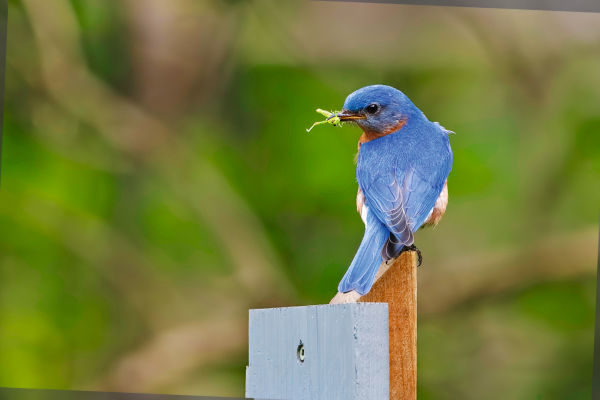
GOOD FOR
CORAL REEFS
Marshes aren’t the only ecosystem that birds nourish. Birds, especially seabirds, play a crucial role in supporting marine ecosystems such as coral reefs. The secret: their poop. Seabird guano, as it turns out, is an excellent fertilizer for coral reefs. When seabirds cover their col-onies in droppings, this waste washes into the ocean, where it supports the growth of reefs. Studies comparing islands with and without invasive seabird predators such as rats found that where seabirds where thriving, so were the reefs, with even fish growing larger and faster for their age compared with those that were around islands with predators.
FEATHERED SEED DISPENSERS
Forest birds serve the same function with woodlands, eating and then dispersing seeds in their droppings. By doing this, they can help repopulate landscapes that have been destroyed and bring plants to new locations. In this way, birds have helped to shape the landscapes around us. In New Zealand’s forests, for example, nearly two-thirds of the plants have their seeds dispersed by birds such as the Tui (Prosthemadera novaeseelandiae).
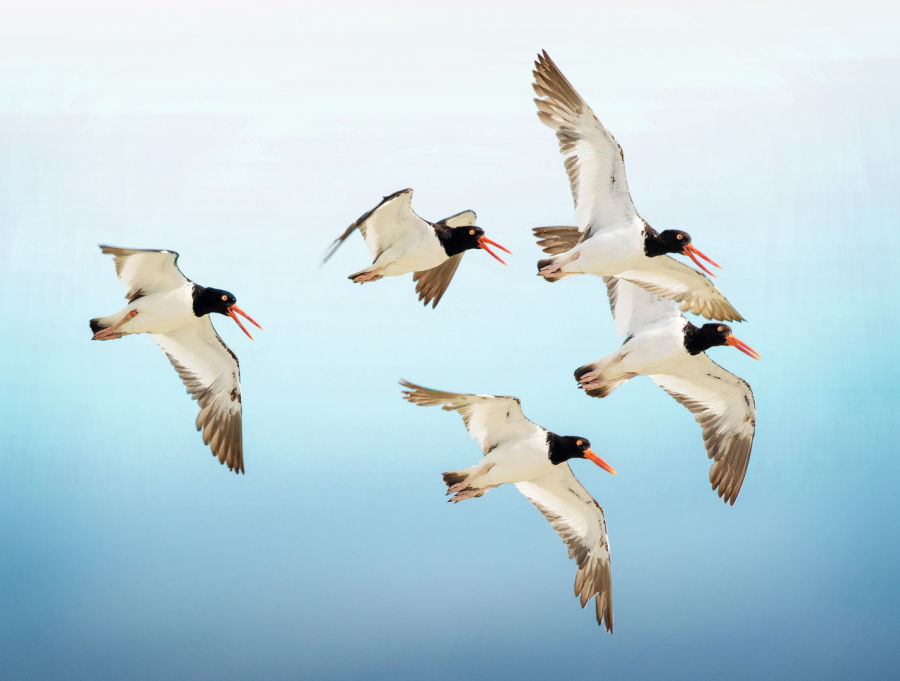
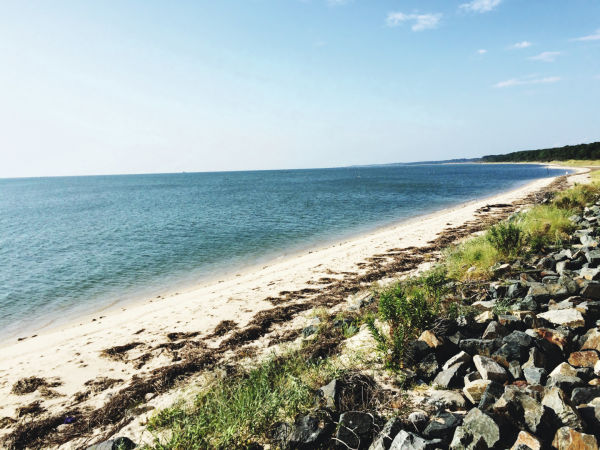
Birds also provide an invaluable service to ecosystems through pest control. They consume between 400 and 500 million tons of insects in a year. In China, House Swifts (Apus nipalensis) are especially useful, as two-thirds of their diet consists of agricultural pests. Across the Americas, the EveningGrosbeak (Hesperiphona vespertina) is vital during outbreaks of Spruce Budworm – one of the most serious pests of all – because it feeds on it and provides biological control estimated at $1,820 per square kilometer.
NATURE’S CLEANERS
But even this impressive figure pales in comparison to the ecological services provided by possibly the most misunderstood of all birds: vultures. As nature’s most efficient scavengers (both in terms of speed and thoroughness) they prevent the spread of deadly diseases such as rabies and tuberculosis by cleaning up animal corpses before they can develop. Over its lifetime, it’s estimated a single vulture can provide waste

WHAT CAN I DO TO PROTECT BIRDS?
A world without birds? Unimaginable, because they play an essential role in all our ecosystems. Whether as pest controllers, seed distributors, or plant pollinators, they are essential for humankind.
Every single one of us can play our part in protecting our local bird population. Here are four simple tips.
1.
Join a citizen science project like eBird.
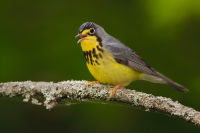
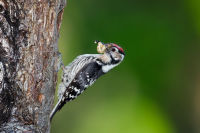
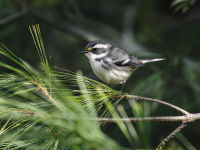
2.
Find out about local bird conservation sites and how you can support them.
3.
Become a member of BirdLife or one of its 100+ partners worldwide.
4.
Look at things more closely, really observe your natural surroundings.
You’ll find you discover things that you have never seen before. You’ll effortlessly learn more about wildlife and maybe even want to dig deeper to become a bird expert.

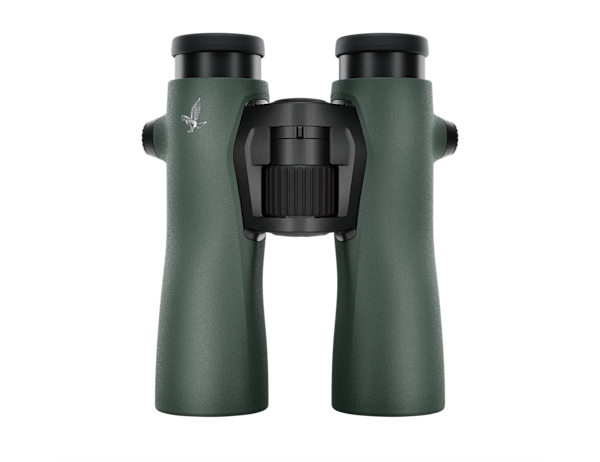
See more in every situation. Thanks to its perfect handling and the seemingly endless field of vision, the NL Pure becomes even more versatile.
There are also numerous organizations that can tell you more about the world of birds and how to protect them, and you can get involved in a wide range of projects. National park programs and natural history events are a mine of information for nature lovers and amateur ornithologists, who can then pass on what they have learned to the younger generation.
Sources and further information:
birdlife.org
trilliontrees.org
audubon.org/news/europes-421-million-lost-birds
nationalgeographic.com/magazine/2018/01/why-birds-matter/
nabu.de
